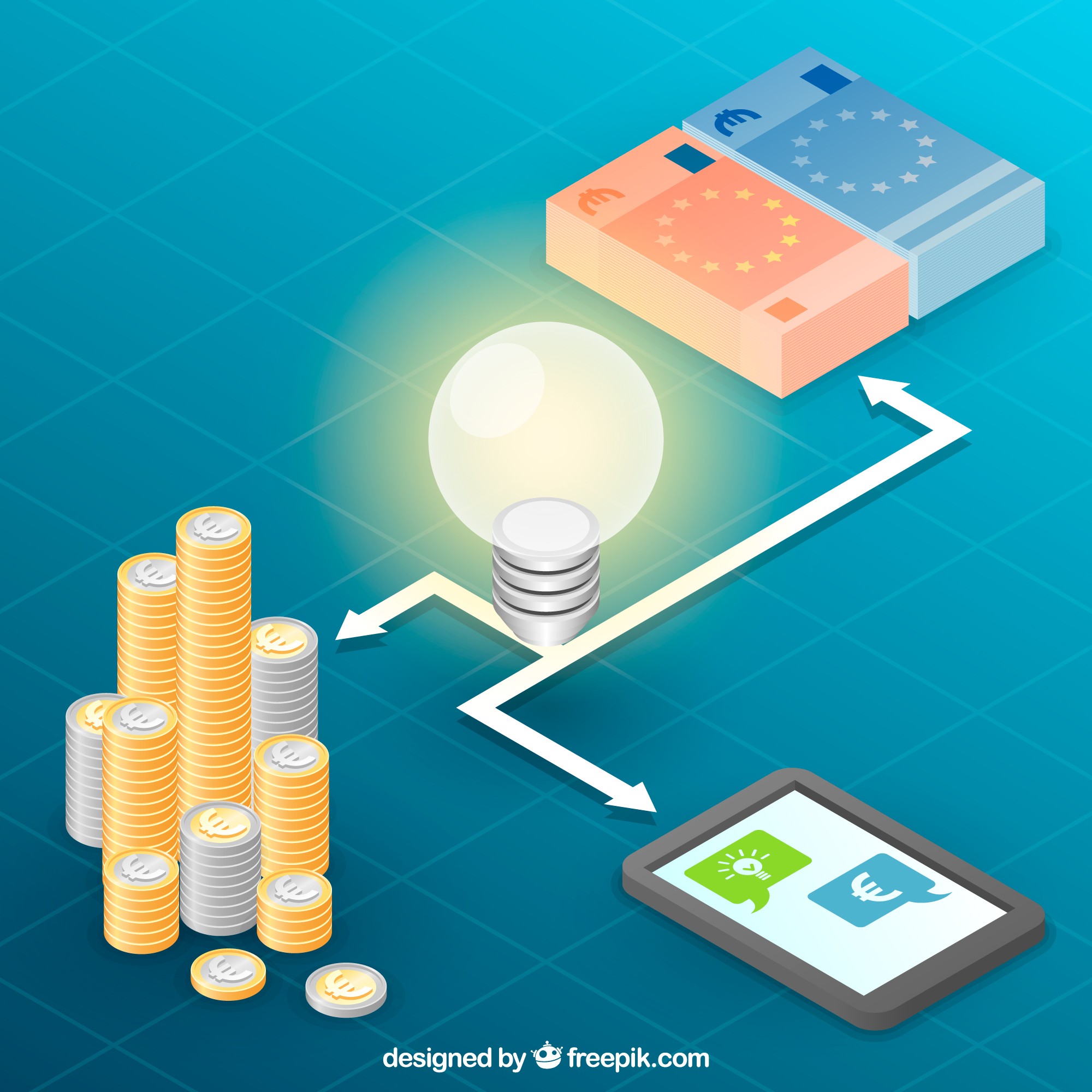814

Romania’s annual inflation rate surged sharply in July 2025, reaching 7.84% — the highest level in the past 21 months — according to data published by the National Institute of Statistics (INS). Compared to June 2025, the Consumer Price Index (CPI) rose by 2.68%, driven mainly by the liberalization of electricity prices and the latest tax hikes.
By main product groups, non-food goods recorded a monthly increase of 5.06%, supported by a spectacular 61.57% jump in electricity prices following the end of the price cap scheme. Service prices rose by 1.01%, while food prices advanced modestly, by 0.39%. On an annual basis, non-food goods rose by 8.18%, food products by 7.67%, and services by 7.33%.
In addition to electricity, notable increases were seen in air transport (+7.58%) and water, sewage, and sanitation services (+1.78%). On the other hand, potato prices fell by almost 7% compared to the previous month, while some vegetables recorded slight declines.
The Harmonised Index of Consumer Prices (HICP), used for comparisons within the European Union, showed an annual inflation rate of 6.6% for Romania.
The National Bank of Romania significantly revised upward its year-end inflation forecast, estimating a level of 8.8% compared to the previous 4.6%. According to the governor, the peak could be reached in September, at around 9.6–9.7%, with inflation expected to return close to the 3% target in 2026.
Despite inflationary pressures, the NBR decided to keep the monetary policy rate at 6.5%, one of the highest in the EU, counting on a gradual easing of price increases in the coming quarters. Inflation trends will continue to depend on energy price dynamics, fiscal policy, and external economic conditions.
(Photo: Freepik)




